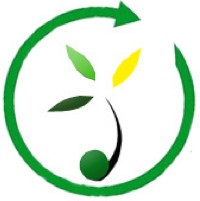
ECODA’s 2019/2020 annual report / rapport annuel is available in both English and French.
The ECODA research titles below represent current camelina projects.
Evaluation of diverse camelina germplasm to enhance profits and sustainability in Eastern Canadian rotations
Evaluation of diverse camelina germplasm to enhance profits and sustainability in Eastern Canadian rotations
Objectives: Identify top-performing camelina varieties for Eastern Canada for both soil enhancement as well as maximization of return in rotation.
To achieve this objective, we have set 5 sub-objectives:
1) Determine what varieties, when introduced into Eastern Canada best meet targeted market standards/demands (FA profile, protein, antinutritional, seed size, etc.), specifically feed and high value oil markets,
2) Assess if producers can use a short season (< 80 day), high quality camelina type to follow winter wheat and produce a double crop economically and sustainably.,
3) Evaluate if improved camelina lines from the EU outperform the present camelina cultivars in Canada and improve the profitability of the camelina value-chain both in feed and the human food market,
4) Determine bio fumigation effectiveness of a long season (160 day), high glucosinolate lines of camelina as a plough-down in a potato rotation, and
5) Evaluate how a potato rotation with camelina for seed compare to the traditional mustard plough-down both in economic and environmental terms.
Improving soil health and land-use efficiency through intercrops with pulses -A and B
Improving soil health and land-use efficiency through intercrops with pulses -A and B
Objectives: Determine variation in intercrop performance of two brassica species with peas evaluating soil health and LER as determinants for performance.
To achieve this objective there would be 3 sub-objectives:
1) Determine the effect of brassica: pulse intercrops on soil health,
2) Evaluate the relative benefits of B. juncea (brown mustard) and C. sativa (camelina) as companion crops for peas.
3) Determine the best intercrop ratio to obtain optimum Land Equivalent Ratio (LER) for oil, protein and per hectare profitability.
